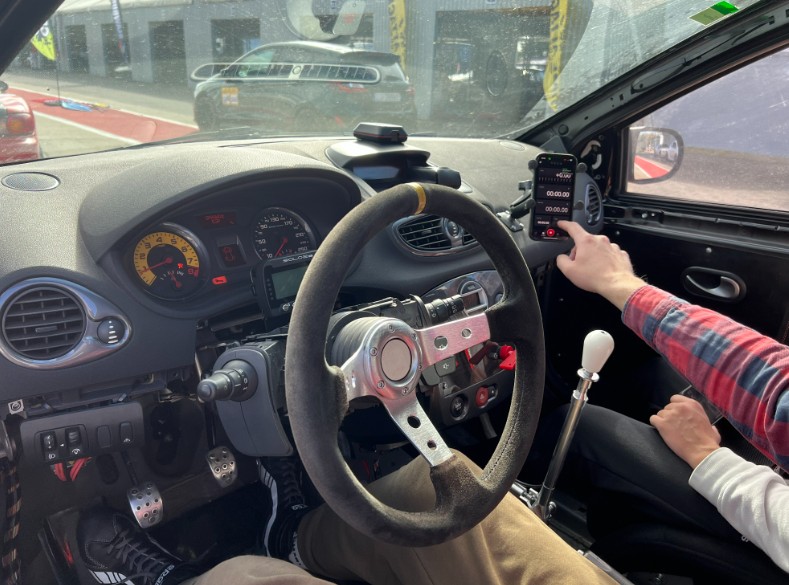
If you’ve ever wondered how drivers keep track of their performance during track days, the answer often lies in one small device: the GPS lap timer. This tool has become increasingly popular among racing enthusiasts for its ability to deliver accurate and detailed lap time data in real time.
- Understanding the basics of a GPS lap timer
- Key features and customization options
- Why use a GPS lap timer?
In this article, you’ll learn how it works, what features to look for, and why it’s considered an essential gadget for both car and motorcycle sessions.
Understanding the basics of a GPS lap timer
A GPS lap timer uses sensors and a GPS antenna to track the position and movement of a vehicle around a track. Unlike a basic stopwatch, it can automatically detect start, split, and end points of a lap without manual input. It provides immediate feedback on your performance, including split times, top speed, and sector improvements.
Some devices are standalone, while others function as an app on a smartphone, logging data such as speed, tachometer readings, and even video overlays. The lap time is calculated based on GPS coordinates and timestamps, offering accuracy that helps drivers improve from one lap to the next. For racing sessions, this kind of feedback is critical to identify what made one lap faster or slower.
Key features and customization options
Most modern lap timers include a few features that enhance usability. You can review your results, compare different sessions, and even share your performance online. Options like predictive lap timing provide a running estimate of your current lap versus your best, letting you know whether you’re ahead or behind in real time—often displayed on a heads-up screen. Racing telemetry provides real-time data on a vehicle’s performance, helping drivers and engineers make precise adjustments during and after track sessions.
Other features may include automatic reset, adjustable settings, the ability to add tracks manually, or connect with external devices for even more data. Battery life, screen size, and ease of use are also important when choosing the right item.
Why use a GPS lap timer?
Using a GPS lap timer helps drivers learn from each lap. With every session, you build a log of performance, which you can review to find patterns, change strategies, or confirm improvements. The feedback loop between data and action is what makes these tools so valuable on the track.
A racing data logger records detailed performance metrics such as speed, throttle input, and lap times, allowing drivers to analyze and improve their on-track performance.
Whether you’re fine-tuning your settings before a race or simply trying to shave a second off your lap time, a GPS lap timer gives you the tools to do it. It’s not just about being faster—it’s about making informed decisions with clear details to back them up. From professionals to weekend warriors, it’s a smart device to keep close in the cart.

More Stories
Understanding Mileage Blockers: Technology, Ethics, and the Road Ahead
Dana auto parts workers hold meeting series in Toledo to organize joint fight back with Jeep workers
Auto parts manufacturer breaks ground on new facility